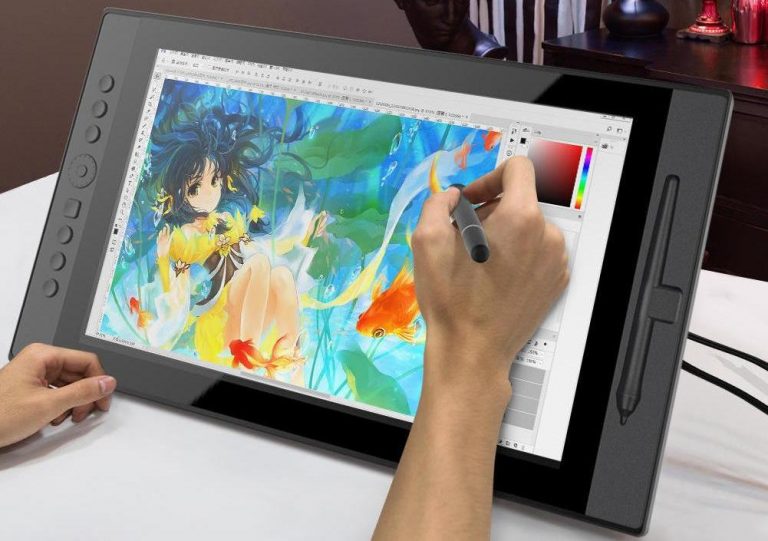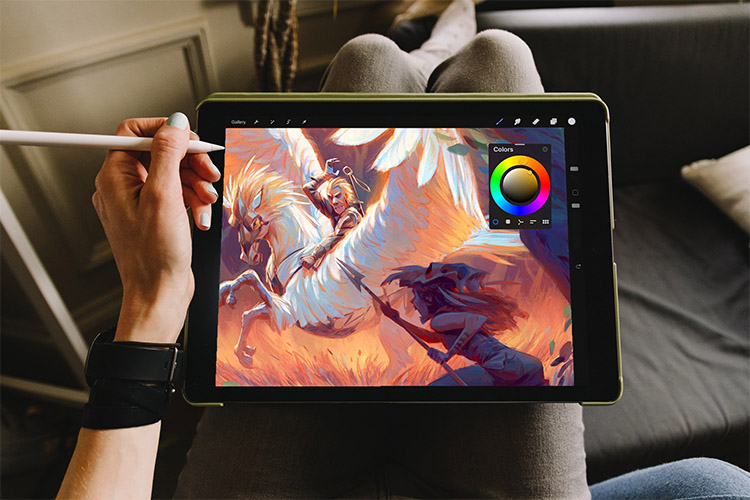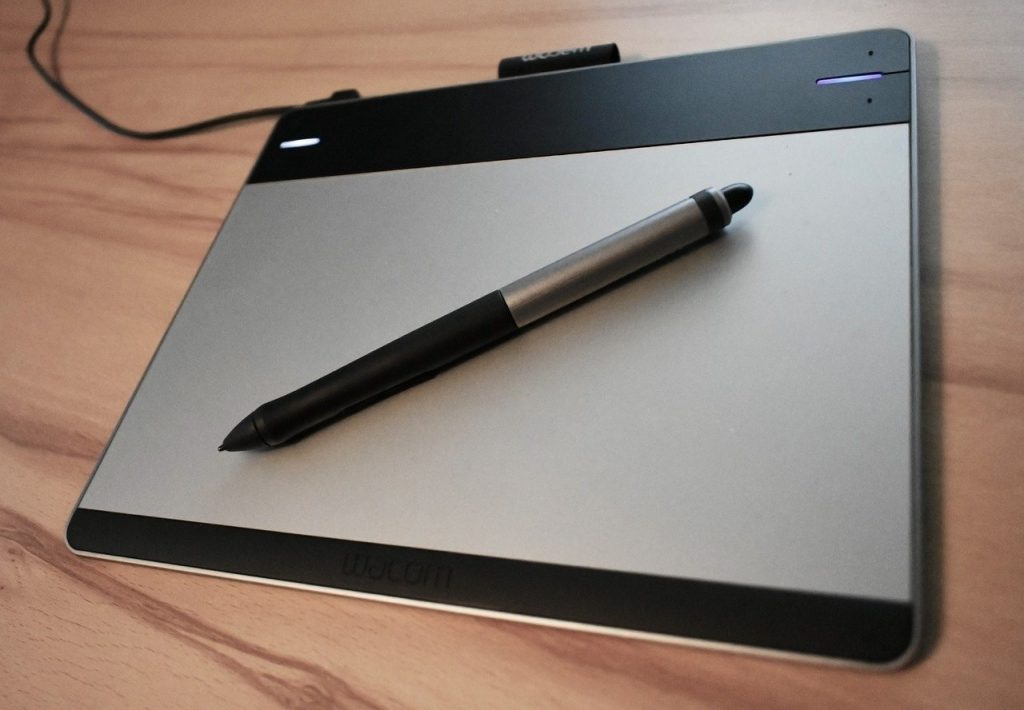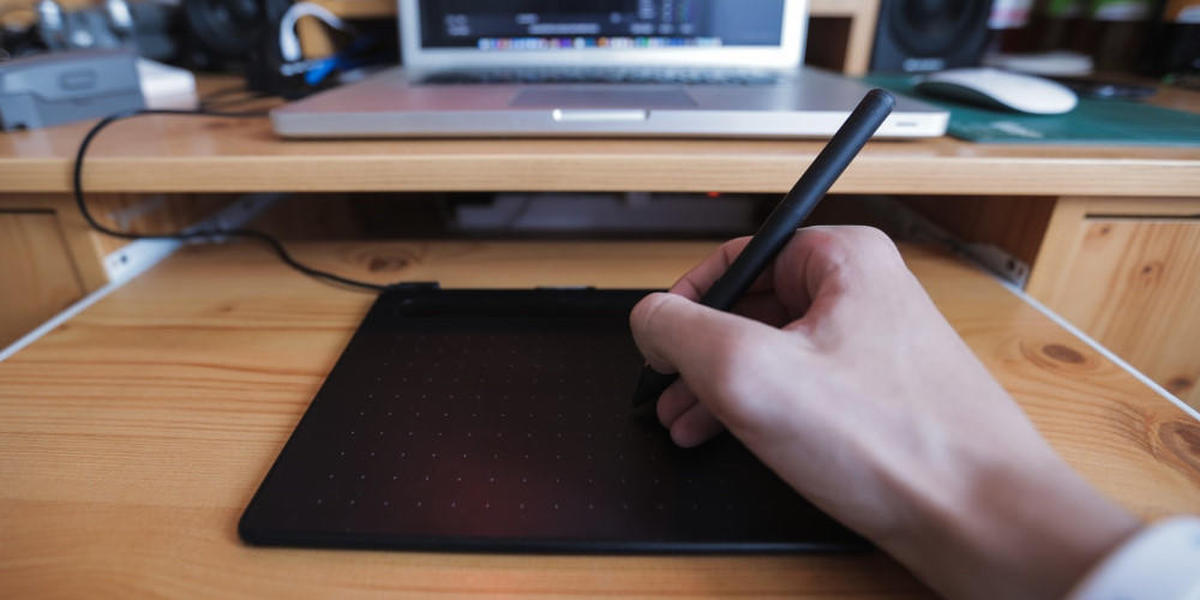Top 10 best drawing tablets in 2022
Table of Contents
Table of Contents
Drawing tablets are rapidly gaining popularity among artists of all levels for their ease of use, precision and versatility. But have you ever wondered how do drawing tablets work? In this article, we’ll take a deep dive into the workings of drawing tablets, and how they can help you unleash your creative potential.
Pain points of using drawing tablets
One of the primary pain points of using a drawing tablet is the disconnect between your hand and the screen. Unlike traditional drawing on paper, where you can see exactly where you’re putting your pen or pencil, drawing tablets require you to look at the screen while you draw. This can take some getting used to, and can be frustrating for beginners.
Understanding the basics of how do drawing tablets work
At the core of drawing tablets is the digitizer, a device that captures the position of the pen or stylus on the tablet. When you draw on the tablet with the stylus, the digitizer translates your movements into digital signals that are sent to your computer or device. The computer then processes this data and displays the digital image on the screen. Essentially, the digitizer acts as a physical interface between you and the computer, allowing you to draw and interact with digital images in a natural way.
Benefits of using drawing tablets
One of the main benefits of drawing tablets is the level of precision and control they offer. With a drawing tablet, you can create precise lines and shapes, manipulate images and textures, and work in a range of different styles and media. Drawing tablets also offer a level of flexibility and versatility that traditional methods simply can’t match, allowing you to experiment with different approaches to digital art and discover new techniques and methods.
How do drawing tablets work in practice?
For me, using a drawing tablet has been a game-changer in my creative process. I’m able to work much more quickly and precisely than I could with traditional media, and I love the level of control it gives me over every aspect of the image. When I’m working with a drawing tablet, I start by sketching out the basic shapes and lines using the stylus. Once I’m happy with the overall composition, I start refining the details and adding in color and texture. The ability to work in layers also makes it easy to experiment and try out different approaches without having to start over from scratch.
Different types of drawing tablets
There are many different types of drawing tablets on the market, with varying levels of price and functionality. Some tablets are designed specifically for beginners, while others are geared toward professional artists and designers. Some drawing tablets also come with additional features, such as pressure sensitivity and customizable buttons, which can significantly enhance the user experience.
How to choose the right drawing tablet for you
When choosing a drawing tablet, there are several factors to consider, including your skill level, budget, and the features you need. If you’re new to digital art, a more basic tablet with limited functionality and a lower price point may be a good choice. However, if you’re a professional artist or designer, you may want to invest in a more advanced tablet with features like pressure sensitivity and customizable buttons to optimize your workflow.
Question and Answer
Q: Can I use a drawing tablet without a computer?
A: Some drawing tablets are designed to work as standalone devices, without the need for a computer. These tablets typically have built-in screens and come with software that allows you to create and save digital images directly on the device.
Q: Will a drawing tablet work with my computer?
A: Most drawing tablets are designed to work with a wide range of computers and devices. However, it’s important to check the specifications of the tablet you’re considering to ensure it will work with your particular computer or device.
Q: How do I calibrate my drawing tablet?
A: Most drawing tablets come with calibration software that will guide you through the process of calibrating your tablet. This process typically involves drawing on the tablet in specific locations to ensure the tablet is properly calibrated to your stylus and screen.
Q: Can I use a drawing tablet for photo editing?
A: Yes! Drawing tablets are great for photo editing, as they allow you to make precise selections and adjustments using a stylus instead of a mouse or trackpad. Many photo editing programs also support pressure sensitivity and other tablet-specific features.
Conclusion of how do drawing tablets work
Whether you’re a beginner or a professional, drawing tablets are an incredibly powerful tool for creating digital art. By understanding how do drawing tablets work, you can make an informed decision when choosing a tablet that best fits your needs and artistic goals. With the right tablet and software, you can unleash your creativity and take your artwork to the next level.
Gallery
Top 10 Best Drawing Tablets In 2022 - Reviewed & Rated

Photo Credit by: bing.com / wirecutter standalone wacom archigrind graphiques tablettes architectes atau veterinariansalary
Top 5 Best Drawing And Graphics Tablets In 2022 | SKINGROOM

Photo Credit by: bing.com / tabletas reviewed skingroom tested
8 Best Portable Drawing Tablets For Beginner And Professional Artists

Photo Credit by: bing.com / essentialpicks professional
Drawing Tablet 101: What To Get? | Geek And Tech

Photo Credit by: bing.com / tablette tavoletta desenho tekentablet pena alat elektronik superprof rps geekandtech
How Do Wacom Drawing Tablets Work - Sharetok

Photo Credit by: bing.com / wacom tablets erhardt grafiktabletts





